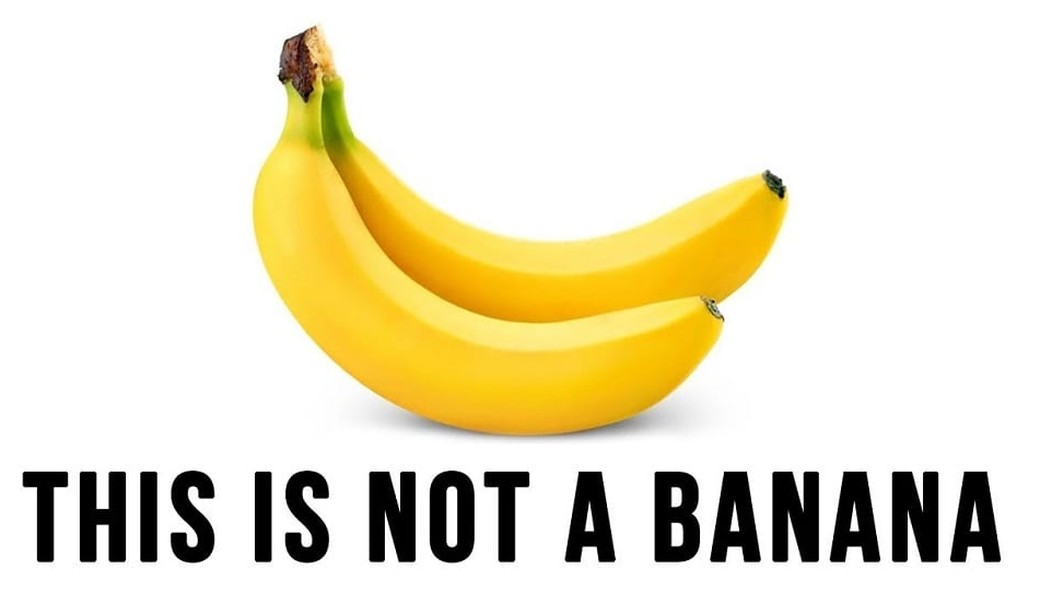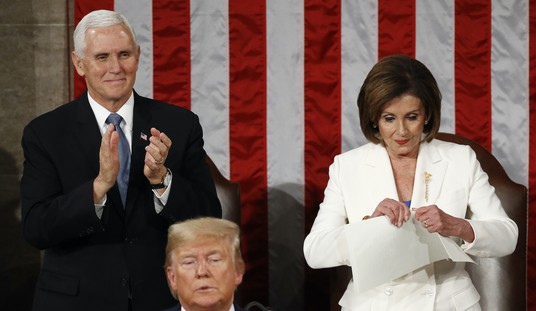If you were to ask Rasmussen what Trump is polling at, they’d tell you he’s sporting a healthy 49 percent approval rating. If you asked CNN, however, they’d tell you it’s far lower at 35 percent. That seems like a huge discrepancy, so what’s the deal?
Enter the Daily Caller, who decided to get down to the bottom of the mystery of the missing approval numbers, and what they found shows that CNN might not be playing all that fair.
Collecting the data from CNN and SSRS, a market research firm, the Daily Caller showed several factors that could contribute to the disparity between polls, including two major factors. For starters, CNN/SSRS poll over-sampled Democrats and Independents, and it sampled “adults,” not potential voters.
From the Daily Caller:
CNN polled a total of 1,016 adults from Feb. 20-23 nationwide and had respondents self-identify their political affiliations. Thirty-three percent of respondents identified as Democrats, 44 percent as Independent or members of another party and 23 percent as Republicans.
The spread of political ideology could be a problem here, because it might not be an accurate representation of how U.S. adults would describe themselves politically. Looking at the most recent Gallup polling on how Americans self-identify politically, CNN’s figures are off as much as 14 percentage points for Republican representation.
If you ask a Democrat if he’ll vote Democrat, the Democrat will probably say yes. Odd that CNN polled them so highly, knowing what answer they’d give.
And then there was the problem of asking “adults” instead of potential voters:
Polling “adults” includes a significant number of respondents in a given sample that either rarely or never vote. Adults that are not politically active, or rarely politically active, are less likely to follow public policy debates as closely as those who are committed voters.
Using “likely voters,” some argue, like Kyle Kondik, managing editor of “Sabato’s Crystal Ball,” is a better barometer for measuring presidential approval ratings.
“If I were to start doing a poll of presidential approval, I personally would do registered voters,” Kondik told TheDCNF in July 2017. “If you’re looking specifically at trying to figure out the electoral effects, you’re probably better off doing registered voters or likely voters.”
Other factors include the fact that CNN tends to use a live respondent on the phone, unlike Rasmussen, who uses a robotic voice. This disallows for changes in inflection and puts the interviewee more at ease as he or she feels more comfortable being fully truthful with an impersonal robot.
According to the Daily Caller, CNN would not provide more information as to how they sampled their random group of over 1,000 respondents for questioning.
This is not helping the rumors and beliefs that CNN is skewing what they present to the public so that it looks more friendly to the left. Everything, from its White House reporting to the actions of its Twitter feed, says that they’re more of a propaganda machine than a news organization. And that’s just without mentioning the post-Parkland shooting town hall CNN conducted, where it boiled down to a witch trial of finger pointing and shaming of all the wrong people and things.













Join the conversation as a VIP Member